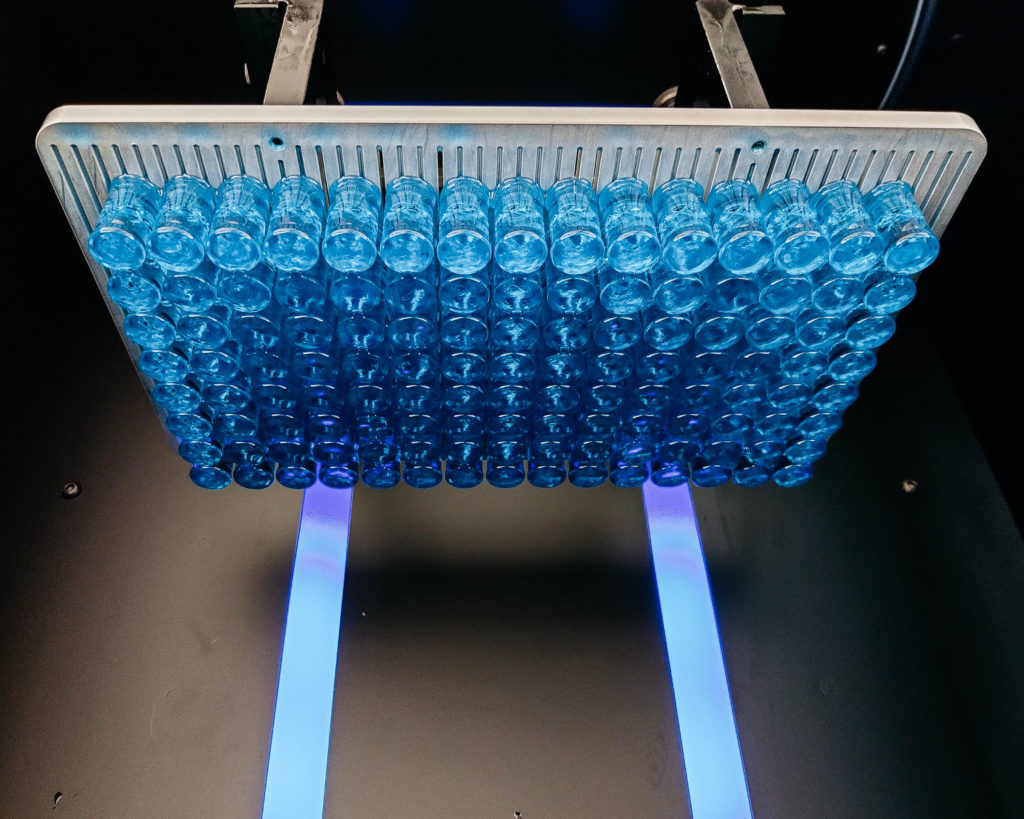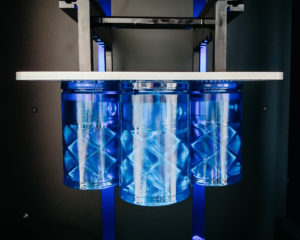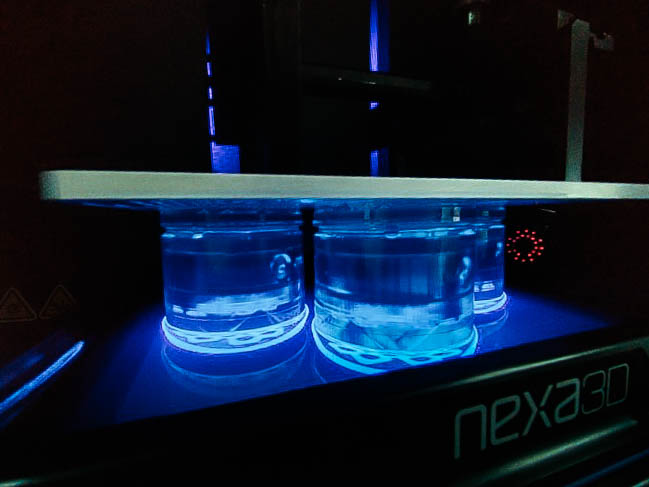- Everything you need to know about ABS 3D printing - March 9, 2023
- How a New Generation of 3D Printers is Accelerating the NPD Process - November 16, 2022
- Buyer’s Guide to an Industrial 3D Printer - October 31, 2022
Additive manufacturing is undoubtedly an exciting technology for many reasons, one of those reasons being the possibilities it opens up – especially as newer forms of the technology offer unprecedented speeds, dramatically slashed costs, and previously unseen geometries. Does this mean additive manufacturing will replace more traditional production forms, like injection molding? That’s what a lot of people assume, but these older production forms still have benefits. Combine them with additive manufacturing, though, and these technologies can really shine.
“You could call it a hybrid – a handshake between traditional 3D printing and classical injection molding,” said Sean Dsilva, Director of Business Development at Nexa3D.

Sean is referring to Freeform Injection Molding (FIM), the platform developed by Danish company Addifab. Put simply, FIM speeds up injection molding by 3D printing the molds into which the materials are injected. Why do this, if additive manufacturing by itself can be so fast? The fact remains that injection molding is a very speedy technology – and an effective one, especially when it comes to high-volume production. Injection molding is also compatible with many more materials than can currently be 3D printed.
The most time-consuming – and costly – part of injection molding, however, is the manufacture of the molds, or tooling. Companies frequently outsource this production, which can take weeks or even months. By 3D printing the molds, that time drops to hours.
Another thing that is really key to Freeform Injection Molding is the fact that the molds are soluble – they can be dissolved, revealing a molded part of unprecedented complexity. As Addifab puts it, FIM enables “unseen design freedom” – design anything you want, and it will appear as the mold essentially melts away.
The printed molds are also extremely good insulators; they do not steal heat from the liquid material being injected. This means that you can turn on an injection molding machine and start working within minutes, rather than having to dial in parameters and wait for temperature adjustments.
Recently, Addifab formed a partnership with Nexa3D that involves the use of our industrial NXE 400 3D printing platform to print injection molding tooling. Because of the size and speed of the NXE 400, FIM is now several times faster, and can operate at a truly industrial scale.
 “What we have achieved with Nexa3D is a dramatic size increase,” said Lasse Staal, Addifab Co-Founding CEO. “It’s something that will really transform what we can do with Freeform Injection Molding.”
“What we have achieved with Nexa3D is a dramatic size increase,” said Lasse Staal, Addifab Co-Founding CEO. “It’s something that will really transform what we can do with Freeform Injection Molding.”
Freeform Injection Molding begins with a CAD file of the part to be molded. The design is then converted to a mold, a process that is sped up further by automated software that Addifab refers to as a “mold generator.” The user or customer then evaluates the mold design, and can quickly make changes and iterate new versions if the first one is not satisfactory. If the customer is satisfied, the mold is 3D printed and post-processed, followed by the injection molding itself.
With this process, a design can go from file to finished part within 24 hours. On average, the whole iteration cycle takes about one to three days, and can be tens of thousands of dollars cheaper than it would be if tooling needed to be ordered from elsewhere.
Addifab states that they are not trying to outcompete injection molding, but rather trying to be speed-comparative. The NXE 400 allows this to become a reality. As an example, Addifab can 3D print a small mold cavity on one of their machines in about two minutes. The NXE 400 can print the same part in 15 seconds. Add to this the size of the NXE 400’s build chamber, which allows the printing of not only larger parts but a larger volume of parts, and the FIM process is quite dramatically scaled up.
Addifab still uses metal tooling where needed, but with the combination of metal tooling and Freeform Injection Molding, the company has created the best of two worlds. They have begun manufacturing more complex parts than before, such as, for example, flexible spray caps. Freeform Injection Molding is not material-dependent and can accommodate a wide variety of materials to meet a variety of customer needs.
Freeform Injection Molding powered by Nexa3D is fast, cheap, and green – it offers 15% of the cost, 12% of the time, and 75% reduction in carbon emissions compared to traditional steel tooling. Speed, savings, and sustainability are enough to make FIM an attractive technology, but add to that the unlimited design freedom and the simplicity of the print-inject-dissolve process, and you’ve got something truly exciting.

If you’re interested in seeing what Freeform Injection Molding powered by Nexa3D can do for you, please visit the Nexa3D x Addifab collaborative package page. For US business inquiries please contact Carsten Jarfelt (cjf@addifab.com) and for EU/Asia, please contact Jan Skov (jsk@addifab.com).
